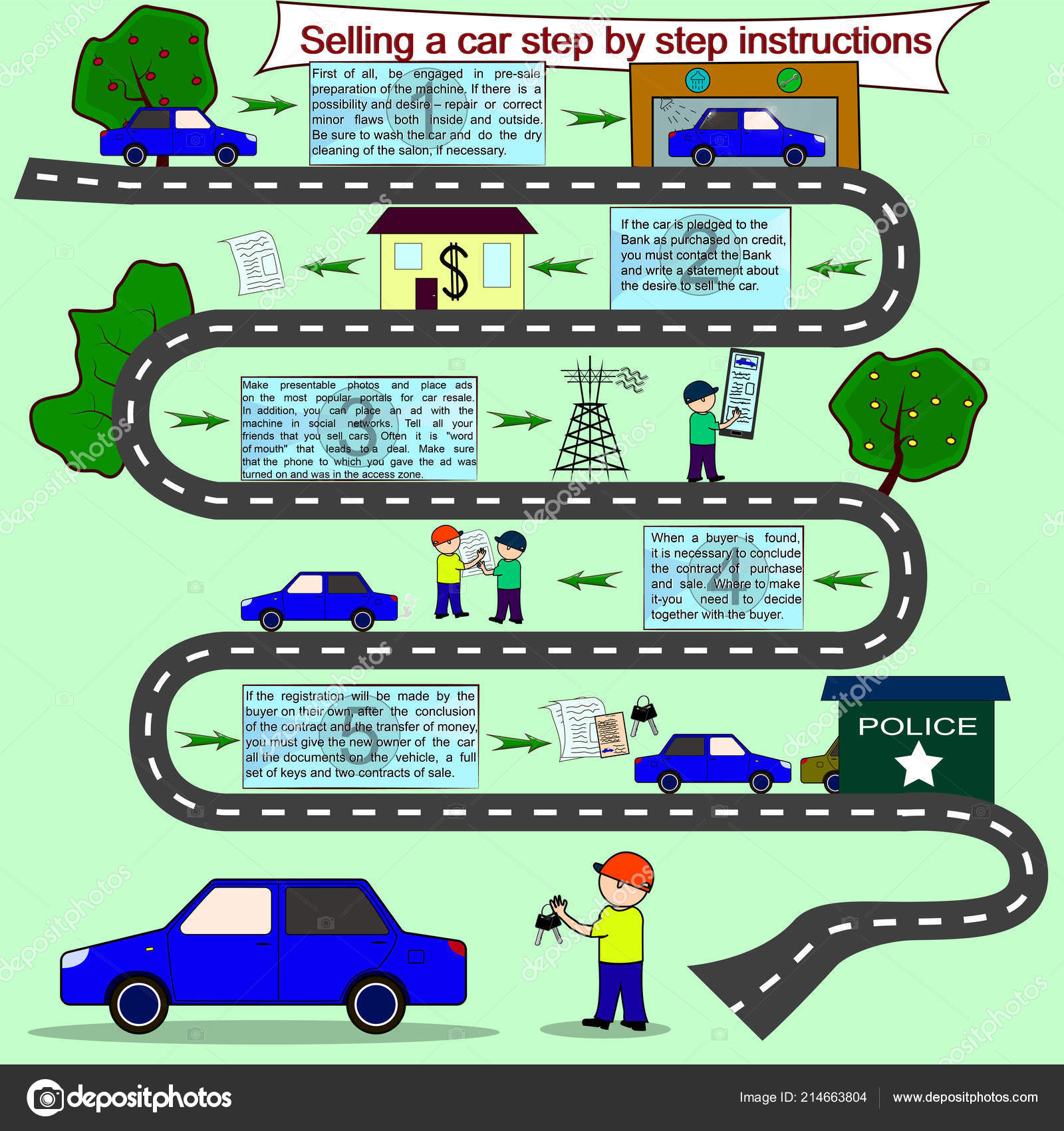Wondering Concerning The Definition Behind Those Dashboard Caution Lights? Gain Insights Right Into Their Implications For Your Car'S Safety And Security And Maintenance
Wondering Concerning The Definition Behind Those Dashboard Caution Lights? Gain Insights Right Into Their Implications For Your Car'S Safety And Security And Maintenance
Blog Article
Content Composed By-Lim Winters
When you're behind the wheel, those beautiful warning lights on your control panel can be a bit difficult. Do https://www.autoserviceworld.com/paid-the-boom-of-automotive-diy/ recognize what they're attempting to inform you regarding your vehicle's health and wellness? Comprehending the importance of these lights is essential for your safety and the durability of your lorry. So, the following time one of those lights pops up, wouldn't you intend to understand its message properly and take the required steps to address it?
Common Warning Lights and Interpretations
Identify common caution lights in your automobile and understand their definitions to make certain safe driving.
The most normal caution lights consist of the check engine light, which signals issues with the engine or discharges system. If this light comes on, it's vital to have your automobile examined without delay.
The oil stress cautioning light shows reduced oil stress, calling for immediate interest to prevent engine damages.
A flashing battery light could suggest a faulty charging system, possibly leaving you stranded if not addressed.
ppf film near me monitoring system (TPMS) light informs you to reduced tire pressure, influencing vehicle stability and gas efficiency. Ignoring this might result in risky driving problems.
The ABS light shows a problem with the anti-lock braking system, endangering your capacity to stop quickly in emergency situations.
Lastly, the coolant temperature level warning light warns of engine getting too hot, which can result in severe damages otherwise solved swiftly.
Recognizing these common caution lights will help you address issues without delay and maintain safe driving conditions.
Importance of Prompt Attention
Understanding the common caution lights in your automobile is just the first step; the significance of without delay attending to these cautions can not be emphasized sufficient to guarantee your safety when driving.
When a warning light brightens on your control panel, it's your vehicle's method of communicating a possible issue that requires focus. Neglecting these warnings can lead to more severe problems down the road, jeopardizing your safety and security and potentially costing you a lot more in repairs.
Trigger attention to alerting lights can prevent breakdowns and crashes. For example, a blinking check engine light could indicate a misfire that, if left ignored, might create damage to the catalytic converter. Resolving this quickly can save you from an expensive fixing.
In car cleaning interior , a brake system alerting light might signal reduced brake liquid or worn brake pads, crucial components for your security when driving.
DIY Troubleshooting Tips
If you notice a caution light on your control panel, there are a couple of DIY troubleshooting ideas you can try prior to looking for professional assistance.
The first step is to consult your auto's guidebook to comprehend what the particular warning light shows. In some cases the problem can be as easy as a loose gas cap setting off the check engine light. Tightening the gas cap might solve the problem.
One more common concern is a reduced battery, which can set off different cautioning lights. Inspecting the battery links for deterioration and ensuring they're safe and secure may take care of the trouble.
If a caution light persists, you can try resetting it by disconnecting the vehicle's battery for a few minutes and afterwards reconnecting it. Furthermore, checking your vehicle's liquid degrees, such as oil, coolant, and brake fluid, can help fix warning lights related to these systems.
Conclusion
Finally, understanding your automobile's warning lights is vital for keeping your lorry running smoothly and securely. By promptly addressing these signals and understanding what they suggest, you can prevent costly repair services and possible failures.
Bear in mind to consult your cars and truck's manual for specific details on each warning light and do something about it as necessary to ensure a hassle-free driving experience.
Remain notified, remain safe when traveling!
